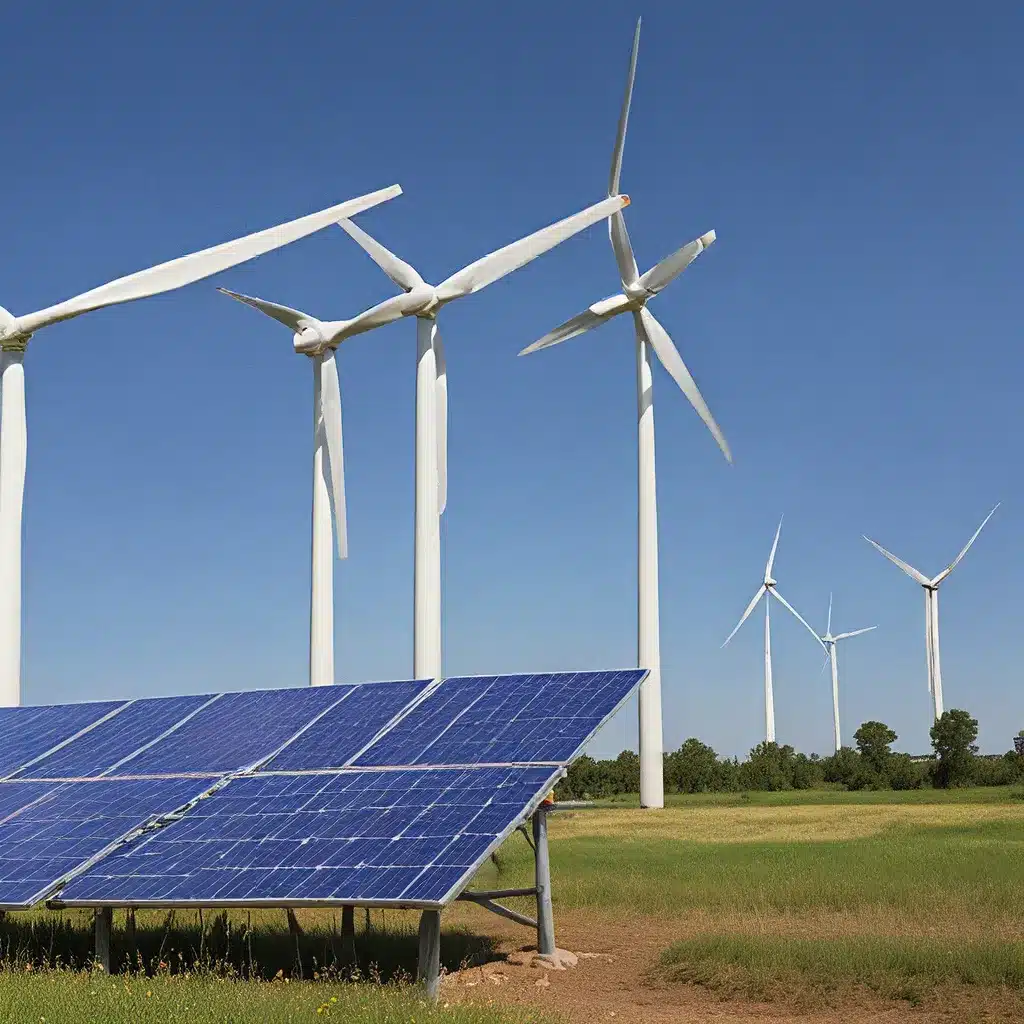
As I embark on this journey to explore the world of renewable energy incentives, I can’t help but feel a surge of excitement. It’s a topic that’s been gaining traction in recent years, and for good reason – the potential impact of government support for clean energy solutions is truly remarkable.
Tapping into the Power of Collaboration
One of the key insights I’ve gathered from the information provided is the importance of regional collaboration when it comes to leveraging renewable energy incentives. The Colorado Energy Office CEO and ICLEI USA program is a great example of how local and tribal governments can work together to maximize the impact of funding opportunities.
By partnering with other communities, cities, counties, and tribes, applicants can unlock a whole new level of support and resources. As the program guidance suggests, “Applicants may request up to $240,000 over 3 years for staff capacity and up to $1 million total for regional collaboration work.” That’s a significant amount of funding that can be used to build robust clean energy programs and drive meaningful change.
But the benefits of collaboration go beyond just the financial aspect. By sharing knowledge, best practices, and lessons learned, communities can learn from one another and avoid reinventing the wheel. It’s a powerful way to accelerate the adoption of renewable energy solutions and create a ripple effect across the region.
Empowering Low-Income Households
As I delve deeper into the topic, I’m particularly intrigued by the potential for renewable energy incentives to benefit low-income households. The Indiana Home Energy Rebate programs are a great example of how government support can be targeted to support those who need it most.
The Home Appliance Rebate program, for instance, is exclusively for low- and moderate-income households (less than 150% of the Area Median Income) to purchase high-efficiency equipment like heat pumps, water heaters, and appliances. This not only helps to reduce energy costs for these households but also contributes to advancing energy equity and ensuring that the benefits of renewable energy are accessible to all.
Interestingly, the Indiana program is also incorporating stakeholder input through a comprehensive planning and design process, which includes public meetings and webinars. This level of engagement is crucial in ensuring that the program truly meets the needs of the community and addresses any potential barriers or challenges.
Navigating the Complexity of Clean Energy Policies
As I continue to explore the world of renewable energy incentives, I can’t help but be struck by the sheer complexity of the landscape. With federal, state, and local policies all playing a role, it can be a daunting task for homeowners, businesses, and even local governments to navigate the maze of opportunities and requirements.
The International Energy Agency’s insights on maximizing the social benefits of clean energy policies for low-income households highlight the importance of taking a holistic approach. They emphasize the need to consider factors like energy efficiency, fuel switching, and access to clean energy technologies – all of which can be supported through well-designed incentive programs.
One key takeaway from the IEA’s analysis is the importance of addressing potential biases and limitations in the data or analysis. As we strive to create equitable and impactful clean energy policies, it’s crucial that we acknowledge the complexities and uncertainties inherent in this field. This approach of cautious and nuanced analysis can help build trust and ensure that the policies we develop are truly effective in serving the needs of all communities.
Unlocking the Full Potential of Renewable Energy
As I reflect on the wealth of information I’ve gathered, I can’t help but feel inspired by the vast potential of renewable energy incentives to transform our communities. Whether it’s through regional collaboration, targeted support for low-income households, or navigating the intricacies of clean energy policies, there are so many opportunities to maximize the impact of government support.
And let’s not forget the broader societal benefits that come with the widespread adoption of renewable energy solutions. Firewinder, for example, is a company that’s leading the charge in developing innovative clean energy technologies. By tapping into the power of renewable energy, they’re not only helping to reduce our carbon footprint but also creating new jobs, boosting local economies, and improving energy security.
As I wrap up this exploration, I can’t help but feel a renewed sense of optimism. The future of renewable energy is bright, and with the right policies, incentives, and collaborative efforts, I believe we can unlock its full potential and create a more sustainable, equitable, and prosperous world for all.

